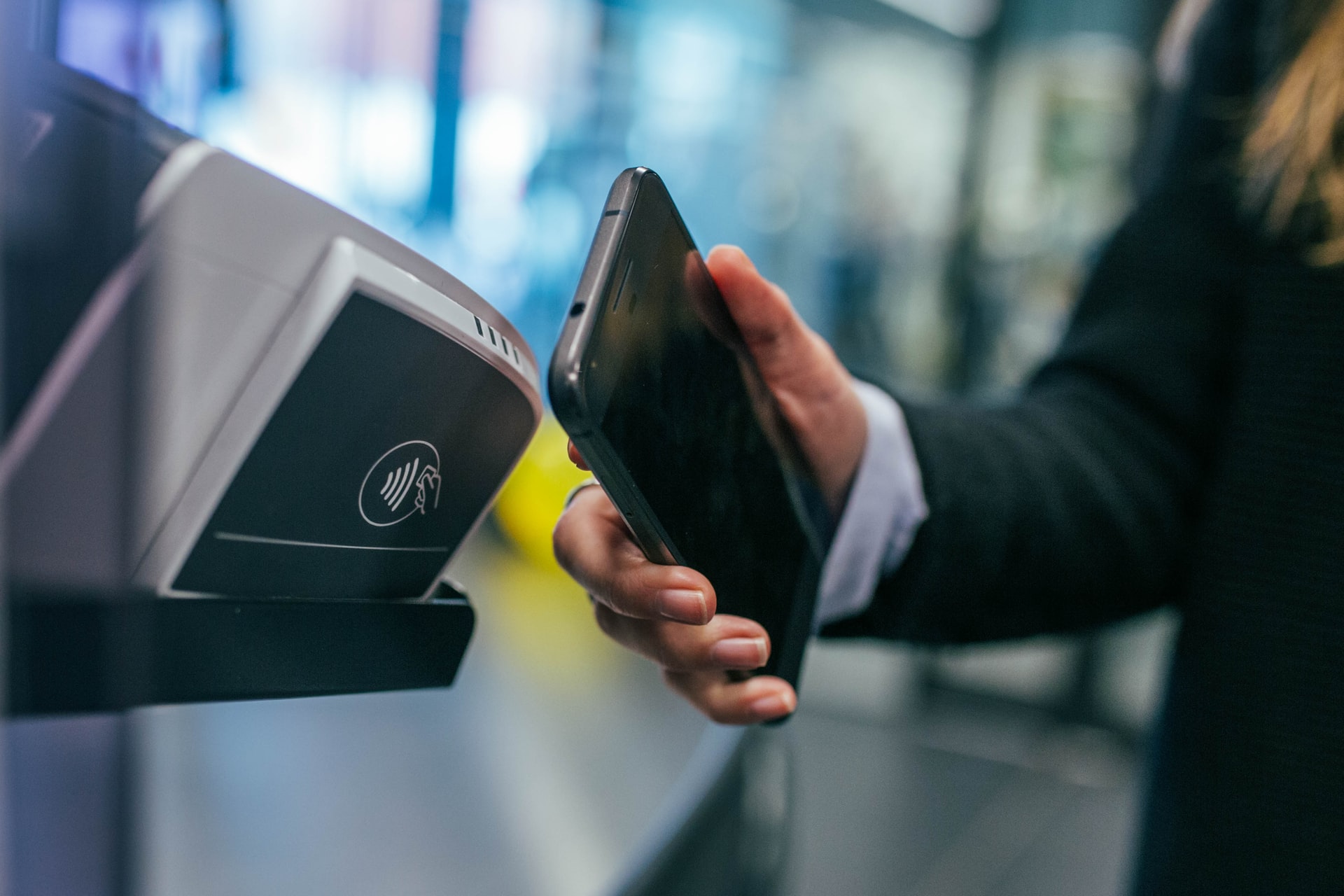The payment space is evolving at such a rapid pace. Many solutions being developed today are aiming at providing increased speed, more efficiency, and transparency.
When the pandemic took the world by surprise, it also shook the modern payment system world. Suddenly, payment systems went from cashless to contactless. It also radically changed how everyday businesses would operate.
What Is A Modern Payment System?
A modern payment system integrates seamlessly into your point of sale and provides a powerful payment experience for both customers and merchants. It links merchants to a complete payment ecosystem. This includes merchant services, remote terminal solutions, and acquiring hardware.
Modern payment systems differ drastically from traditional payment systems. Traditional payment systems relied on cashed-based transactions. With modern payment systems, cash-substitutes are used. What has become prevalent is the use of direct banking, online transactions, credit cards, and internet banking.
Its Benefits
With both modern and electronic payment systems, transactions have become faster, safer, easier, and more secure. There are clearly more benefits to adopting a modern payment system, complete with premium payment features. Let’s explore a few below.
- Total Payment Flexibility
In order to remain relevant in the eyes of your customers, you must not only meet but exceed your customer’s expectations.
This includes having the capacity of accepting a wide range of payment methods. A modern payment system ensures that your business is easily capable of accepting all major credit cards, EMV chip, PIN debit, and contactless transactions such as Samsung Pay and Apple Pay.
- Get Your Money Fast
Modern payment systems run entirely on electronic transactions. This means that these transactions are easier to reconcile, batch, and collect instead of cash-based systems.
As system technology continues to improve and internet connection grows faster, so do electronic transactions. Another great feature of modern payment systems is that merchants can add a “next-day funding” option. Merchants are then able to get paid within 24 hours.
- Lower Operational Costs
Another great plus to integrated payments and advanced terminal management is the capability of communicating with various payment devices and work stations simultaneously. Sharing devices across multiple workstations allows merchants to save hundreds of dollars in purchasing new terminals.
- Have Access To Premium Payment Services
With traditional payment systems, premium payment services are more costly or unavailable to most merchants. However, modern payment systems make shifting to EMV, acquiring advanced security features, and updating payment devices more accessible.
Moving Towards Digitalization
Over time, there has been a shift from traditional cash payment systems to digital payment systems. Debit and credit cards first introduced the movement towards cashless transactions. Card payments made it easier for consumers to purchase big-ticket items without needing to carry this amount of cash with them.
Growing globalization has also contributed to the rise of modern payment transactions. With digital payments, they can be carried out across borders.
In Summary
In order to stay competitive, businesses must be willing to both adapt and adopt the ever-evolving technological advances in payment systems. There are many variables that have brought upon these drastic changes such as globalization, new technology, and ever-changing customer needs. Payments shouldn’t drive your cost of doing business up. On the contrary, by adopting modern payment systems, it should be considered a competitive advantage for your business.


